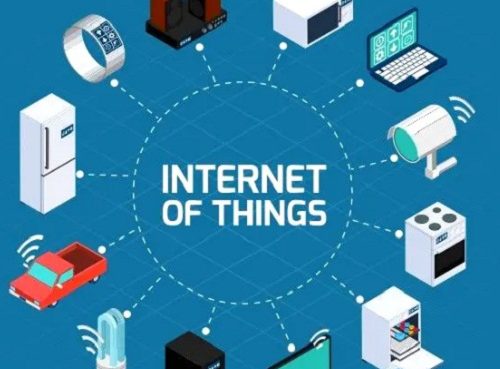Working from home (WFH) used to be a bit of a polarising subject. You either believe it works, or you do not. The past few months, however, have shown that we can be just as productive working from home, as we usually are from our office desk.
My colleagues and I are quite fortunate in this regard. From day one, remote working has been built into the company’s DNA, and we are encouraged by leadership to work wherever we are most effective, whether from home or in the office. So when the coronavirus started making its presence felt globally, it wasn’t a stretch to shift to a remote work arrangement for most of our workforce.
This current impetus to remote work was very much crisis-induced, and for many, a move to try and keep companies afloat and workers employed for the short to medium term. Businesses are reacting to the situation as it develops, and a great many do not have business continuity plans set up either.
As much as some workers have embraced the idea of remote work, there are also those with roles, responsibilities, and circumstances who struggle mightily with staying productive from home for long stretches of time.
Prior to COVID-19, just 3.6 per cent of the total employee workforce worked from home more than half the time. Previous research shows that 67 per cent of employees have jobs that require in-office collaboration, so the office is still critical to getting work done, especially when collaboration is needed.
However, Global Workplace Analytics estimates that 25-30 per cent of the total workforce will be working at home multiple days a week by the end of 2021.
We are more than halfway into 2020, and businesses are starting to open, with workers tricking back to the office. Things clearly will not be the same, what with the social distancing requirements in place in many countries. For me, this led to a realisation that work is something you do, and not a place.
Being productive, anywhere
Working from home is not going to be the silver bullet that rebuilds the world’s economies. Instead, a hybrid workforce that incorporates the ability to Work From Anywhere (WFA) is what will define this Next Normal. Whether in the Asia Pacific region or globally, I firmly believe that the act of being productive can come from anywhere, whether the office, at home or somewhere in between.
Business leaders will now need to consider how to organise office spaces to strike a balance between employee interaction and distancing requirements. This may mean the demise of the office pantry or the rightsizing of large meeting rooms in favour of smaller spaces for collaboration outfitted with video conferencing tools that feature a consistent experience with the same collaboration tools at the office as they do at home.
Working from anywhere also means empowering employees with the right tools to make flexible work possible, whether from home or from the office. As they split their time between the office and their home office, remote workers expect and need an enterprise-grade experience, all the way from equipment like their headsets and webcams to ensure that their collaboration experience is optimal, and more importantly, able to meet corporate security requirements.
At the same time, adequate tech support needs to be easily available to ensure that they stay connected, engaged, and productive without costly downtime.
Investing for the medium- and the long-term
Investments made in this time of crisis are likely to have a more lasting impact on future performance; this thinking is not lost on employers in APAC who are not averse to investing in technology during this time. For example, 57 per cent of APAC employers are looking to increase their technology investments, according to a GlobalData survey commissioned by Telstra.
This investment will lean towards cloud-based collaborative tools to help boost productivity and efficiency throughout these organisations going forward.
With a workforce in transition, I also firmly believe that this is a prime opportunity for business leaders, managers, and workers alike to better understand and navigate the intricacies of how employee experiences, corporate policies, and organisational culture come together. The experience of collaborating with team members is even more critical now so as to ensure that they feel part of the larger team, even when part of the team isn’t in the office.
On the macro level, smart building technologies may start seeing greater adoption as the demand for healthier workplaces grows. Perhaps it is time to consider investing in infrared cameras to help measure employee body temperatures to see if they have fevers, smart air purifiers that ensure ample amounts of fresh air, or even touchless systems to replace elevator buttons.
Looking beyond the next normal
For all its faults, I still see the office serving a purpose for collaboration deeply rooted in how humans interact on a social level. Throughout my career, I have found that certain shared experiences can only be found in the office, whether packing in all-nighters to wrap a critical project or proposal, or commiserating around the office water cooler (or drinks after work) with colleagues after a long week, or suffering through the awkward silence of suddenly finding yourself alone in the lift with the company CEO. I’m sure many others will agree.
If anything, COVID-19 turned out to be the impetus that companies needed to prove that remote work can be viable for an increasingly agile and efficient workforce, complementing the roles and functions that work best from the office. We cannot say for sure when the pandemic will end, and what the next, next normal will be.
What is clear is that as organisations work towards empowering a transitional and scattered workforce, there is always a place and a need for a consistent, secure, easy-to-install and easy-to-manage communications and collaboration experience. We may not all be working together in the same office space going forward, but this sense of connection has never been more vital to our long-term survival.
Source: e27










